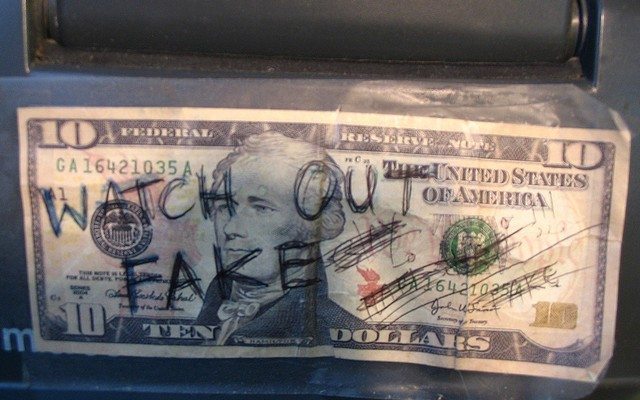
IP & Copyright
Trademark Counterfeiting: The Crime Explored
Counterfeit products: the items that your empty wallet hates to love. Well, it seems as though the number of counterfeit products rotating the black market is dropping this season. A couple of weeks ago, six New Yorkers were charged with trademark counterfeit and conspiracy. They have allegedly sold more than $13 million worth of Lacoste, True Religion, and Ralph Lauren’s Polo clothing to distributors throughout the nation. Those are some serious allegations, Artful Dodger.
The NYPD found more than 2,000 boxes of the counterfeit trademarked clothing in Queens last summer. In addition to these dubious activities, the criminal group has caught the eye of the NYPD Intelligence Bureau. Ray Kelly, the NYPD Commissioner, stated that the covert operations were particularly concerning because of “indications that proceeds were sent to areas in southern Lebanon.”
Well, there isn’t much left to interpretation here. Trademark counterfeiting is a crime under the Lanham Act, and people should face penalties for engaging in such activities. A little bit of background: trademark counterfeiting is the creation of an identical or discernibly the same image as a federally registered mark. Counterfeiting is a crime under Lanham, while infringing a mark is a civil suit. Counterfeit is a form of infringement, but infringement does not equate to counterfeit.
Enough of that — what I’m more concerned with is the composition of the counterfeit marks. I’ve seen a fake Fendi or Gucci bag in my day, but I’ve never been exposed to a fake Lacoste logo, for example. Is the crocodile turned to the right instead of the left? Is the tongue pink instead of red? Is the fake mark visually indistinguishable? And unfortunately, I couldn’t find a picture. BUT, I wanted to compose some visuals and brief background information of a few trademark counterfeit cases throughout IP history.

In 2008, Nike alleged that two defendants manufactured and sold counterfeit footwear bearing the Nike trademarks over the internet. Read more here. Courtesy of Richard IJzermans via Flickr.

Last September, Several Atlanta residents were accused of “promoting and otherwise advertising, distributing, selling and/or offering for sale counterfeit products, including at least handbags and wallets, bearing trademarks that are exact copies of the Chanel Mark” for goods of a lesser quality. Read more here. Courtesy of Wen-Cheng Liu via Flickr.

In May 2006, Rolex Watch USA, Inc. discovered the watchreps.com website and shut it down through the website’s Internet Service Provider. However, the company discovered that the site had been reactivated three years later and was redistributing counterfeit Rolex watches. Read more here. Courtesy of Charlie J via Flickr.
For more information on trademark counterfeiting, see the International Trademark Association’s website.
Gena.
—
Featured image courtesy of [Eric Skiff via Flickr]








Comments